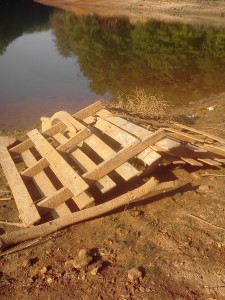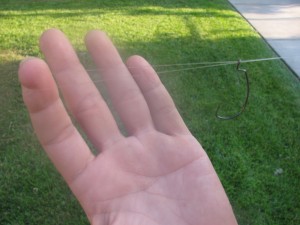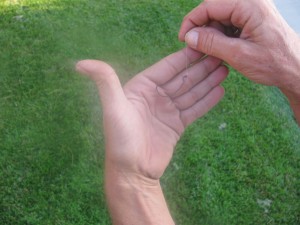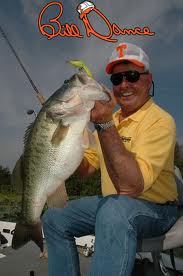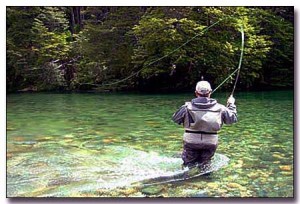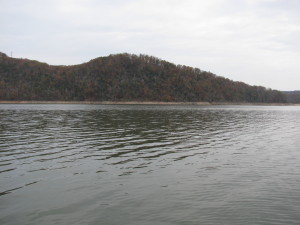
Union Springs, New York – For the second time in three tournaments, Jamie Hartman took home an Elite Series trophy.
Only this time, he did it in his home state and came from behind.
Every day of the tournament, he improved, until finally on Sunday, he overtook the lead.
[Read more…]